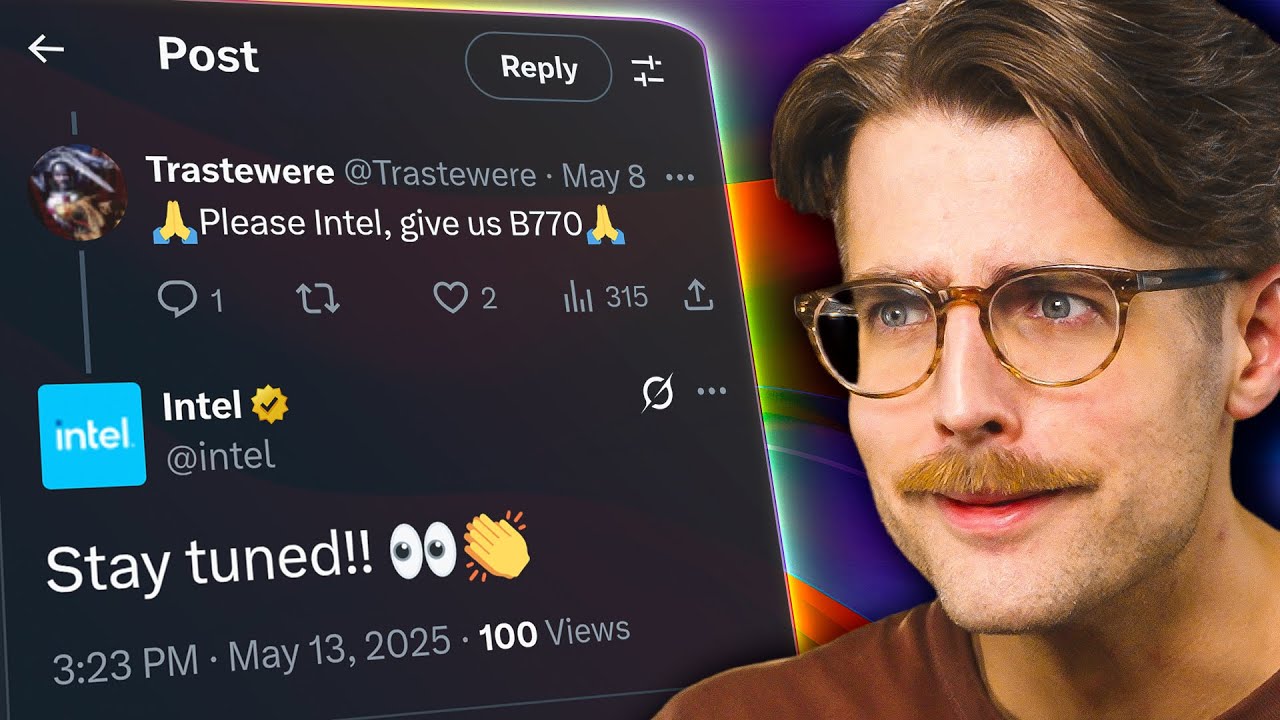As featured on Minecraft Servers Listing
#SkyCraft #Towny

If you are interested in becoming part of us, please join and help report bugs and problems. Our goal of the server is to provide a fun Towny survival experience for the community. I will update the server regularly and actively for the next couple months.
Discord Invite Link: discord.skycraft.us
Some of the features include:
1. Ranks will be purely item based. Players progress by turning in required items to rank-up.
Example: Ranking up to rank [Zombie] requires 300 Rotten Fleshes and 10 Zombie Heads. Mob heads have a low chance of dropping and they will only drop if you kill the mobs.
2. Donation ranks will not provide any perks that progression ranks has to offer. Do not worry about P2W. At the very most, supporters might receive maybe an additional zombie flesh when killing a mob. I don’t know if people are too concern about this, but I can guarantee our future will not have paid to win features that would make free ranks seem redundant.

3. Enchantment Tables are disabled from crafting. You can buy some enchantment books through the villager shop in spawn or purchase some tier 1-3 tokens that would give random vanilla enchantment books. Custom enchantments works the similar way.
4. The Underground Cave Dungeon is back. You can mine the ores that are under the spawn, and they will regenerate between 1-5 hours after being mined. But be careful, there’s strong vindicator mobs there as well. If you kill them, they have a chance to drop all types of ores also. You can also purchase 2x resources in Shard Shop to double your profit when mining under there. Note: If you die inside the Cave your items will not drop. But you will lose 1 Gem when you die ANYWHERE.
5. There are more features that it’ll take too long to list here, but generally if you want to know. You can get in-game and type /help to see a list of features available currently. There will also be some small easter eggs waiting for it to be discovered.














![How about: "Minearchy Adventure Hub [SMP]"?](https://game-drip.com/wp-content/uploads/2024/04/gamedrip-news-trending-2260.jpg)

![How about this for your Minecraft server title?
”WILD SMP [Vanilla] {1.21.5} – Pure Adventure”](https://game-drip.com/wp-content/uploads/2024/04/gamedrip-news-best-480.jpg)




